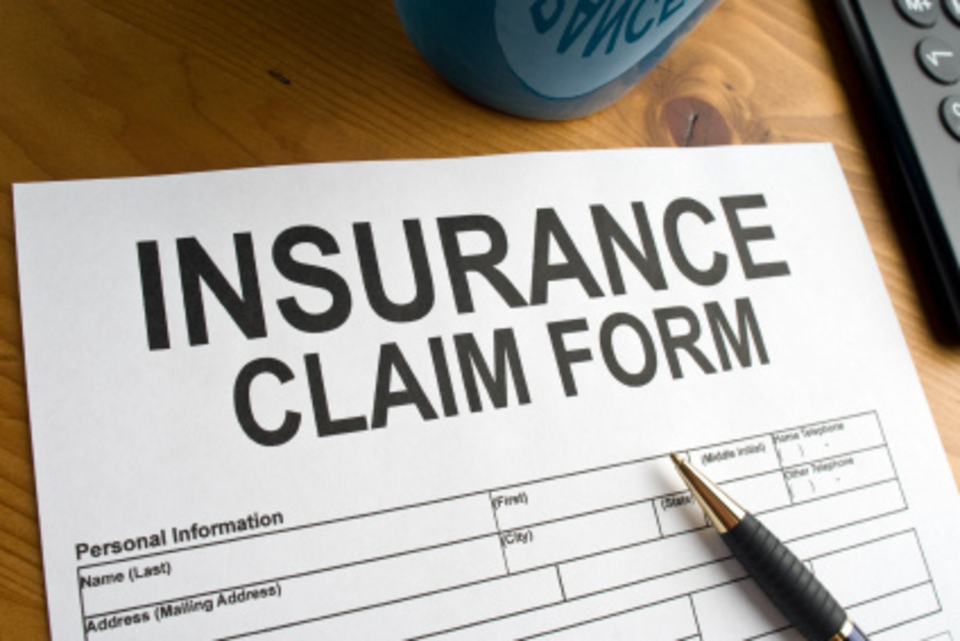Winter weather brings ice, snow, and property damage! A blanket of fresh winter snow can be beautiful to look at, but it might not be so beautiful when it starts to melt and you realize that your roof is leaking.
After every heavy winter storm, you’re going to want to check your property for damage. Even after some smaller snows, it still doesn’t hurt to take a walk around your property and look for damage.
Here are some spots that you’re going to want to take a look at.
Table of Contents
Moisture in attic
Moisture in the attic is a sign that you could have a leak in your roof. Sometimes when snow and ice start to melt, the water seeps under shingles. If there are leaks in the roof, the water will go down into the attic. This creates spots of moisture within your attic.
If left unattended, moisture can eventually lead to wood rot and mold. If you spot any moisture in the attic, you’re going to want to contact a roofing company such as Lichfield Waterproofing. A professional roofing company will come in, find the leak, and repair your roof.
Collapsed roof
A collapsed roof is a serious problem that negatively impacts your entire house. Collapsed roofs occur when the weight of the snow and ice overburdens your roof. Depending on the age of your roof, how much weight it can bear, and how well-constructed it is, an overburden roof will eventually collapse.
You will see ceilings starting to sag or hear a creaking sound before your roof collapses. The minute you realize your roof is overburdened, you need to start shoveling snow off it. Once you’ve gotten rid of as much of the weight as possible, contact a professional roofer.
Frozen pipes
Frozen pipes are a problem many homeowners face in the winter. Any pipes exposed to the cold risk the chance of freezing. When the water inside the pipes freezes, it expands, which can eventually cause the pipes to burst. If a pipe bursts, turn off the water to your home.
To lower your chances of a frozen pipe, make sure all the pipes within your house are well-insulated. As for any exposed outside pipes and faucets, you’ll want to remove features such as hoses and sprinklers, drain the pipe of any water, and turn it off for the winter.
Fallen trees
The weight of snow and ice can cause tree branches to break off. Depending on how bad the storm is, some trees may even blow over. As long as the tree doesn’t land on your house or car, you’re okay to wait until after the storm is over before disposing of the tree and picking up the branches.
If it does fall on your house or car, assess the damage and contact your insurance company. They should tell you the next steps to take, such as documenting the damage with photos, as well as give advice on who to contact.
Cracked walkways
It is common to sprinkle salt on paved walkways around your home. Salt adds additional traction, plus it helps snow and ice melt more quickly. Despite how common this practice is, many homeowners don’t realize that salt can also damage the surface of walkways.
If you spot cracks or holes on your walkways after a winter storm, it could be because you used salt. Depending on the size of the crack or hole, you may end up wanting to replace the walkway so that it doesn’t become a tripping hazard. Better alternatives to salt are sand and kitty litter.
Basement floods
As snow and ice continue to melt, it could cause water to leak into your basement. Basement floods during the winter are usually caused by runoff, bad gutters, or a problem with your foundation. Moisture in your basement can lead to mold.
If your basement is prone to moisture and flooding, you’re going to want to have a sump pump installed in your basement. You’re also going to want to contact a professional to make sure you don’t have any problems with your foundation. If the problem is with your gutters or draining system, that is generally more easy to fix than a foundation problem.
Final thoughts
Dealing with property damage after a winter storm isn’t any fun, but if you live in an area that receives snow and ice, you need to be prepared.
Taking precautionary steps, such as having your roof examined in the autumn, can help decrease damage. But even if you take precautionary steps, you should still have the number of a few professionals in your area that can help.



















